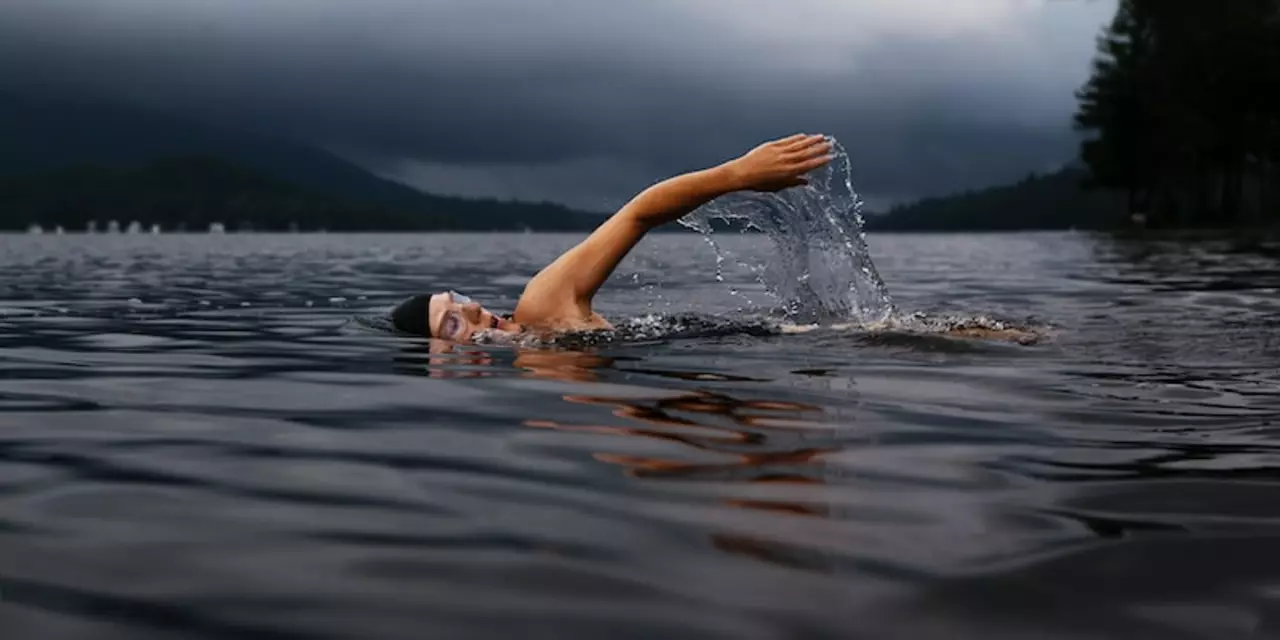22 years old: Sports, health and life advice for young adults
At 22 you’re juggling school, work, friendships and maybe a sports hobby. It’s easy to feel stretched thin, but a few simple habits can make a big difference. Below you’ll find straightforward ideas that keep you moving, eating right and still having fun.
Build a balanced training routine
If swimming or soccer is your thing, aim for three sessions a week – two in the water and one on the field, or the other way around. Mix low‑intensity laps or easy passing drills with short bursts of speed. Those high‑intensity bursts improve aerobic capacity and keep the routine interesting. Always start with a 5‑minute warm‑up like light jogging or easy strokes, and finish with a few minutes of stretching to protect your joints.
Don’t feel you have to train every day. Your body needs rest to repair muscles and prevent injury. A rest day or an easy‑going activity like a walk or yoga session helps you stay fresh for the next workout.
Nutrition that fuels performance
At this age your metabolism is still fast, but you also need nutrients to support training. Focus on whole foods: lean protein (chicken, beans, fish), complex carbs (brown rice, oats, sweet potatoes) and plenty of colourful veg. A quick pre‑workout snack – a banana or a handful of nuts – gives you the energy for a hard session without feeling heavy.
Hydration is often overlooked. Keep a water bottle handy and sip throughout the day, especially before and after training. If you’re training for longer than an hour, a sports drink with electrolytes can help replace what you lose in sweat.
For recovery, a protein‑rich snack within 30 minutes of finishing a session supports muscle repair. Greek yoghurt, a protein shake or a boiled egg are easy options you can grab on the go.
Mental balance and avoiding burnout
Pressure builds fast when you try to excel in sport and life at the same time. Set realistic goals – instead of “be the best player”, aim for “improve my left‑foot pass by 10 % in four weeks”. Measurable goals keep you motivated and give you clear checkpoints.
Take a few minutes each day for a mental reset. Simple breathing exercises, a short walk outside, or just scrolling through a funny meme can lower stress. If you feel overwhelmed, talk to a friend, coach or a professional. Sharing worries is a sign of strength, not weakness.
Social side of sport
Playing with friends makes training feel less like work. Join a local league, a university club or a community swim group. The social vibe pushes you to show up regularly and adds a fun element to practice.
Mix up the routine with friendly challenges – a timed 100‑meter sprint, a penalty‑kick contest, or a scrimmage with mixed teams. Friendly competition keeps the adrenaline up without adding pressure.
Practical tips for busy days
When a packed schedule leaves little time, use short, high‑intensity intervals. A 20‑minute circuit of 30 seconds fast swimming, 30 seconds rest, repeated five times, can be as effective as a longer steady session.
Carry a small pack of resistance bands or a jump rope. You can squeeze a quick strength circuit in a dorm room or office break. Consistency beats occasional long sessions.
Remember, 22 is a great age to experiment, learn what works for your body and set habits that last a lifetime. Keep the focus on progress, enjoy the process, and you’ll see both your game and your overall well‑being improve.
Is it too late for a 22 years old to learn swimming?
- Kieran Lockhart
- on Feb 7 2023
- 0 Comments
This article discusses whether it is too late for a 22 year old to learn to swim. The article outlines the benefits of swimming, such as improved coordination, strength, and overall fitness. It also discusses the difficulty of learning to swim as an adult, but notes that it is possible with the right guidance and instruction. It also provides advice on how to find the right instructor and practice regularly. In conclusion, it is never too late to learn to swim, and with the right guidance and support, adults can learn to swim successfully.
